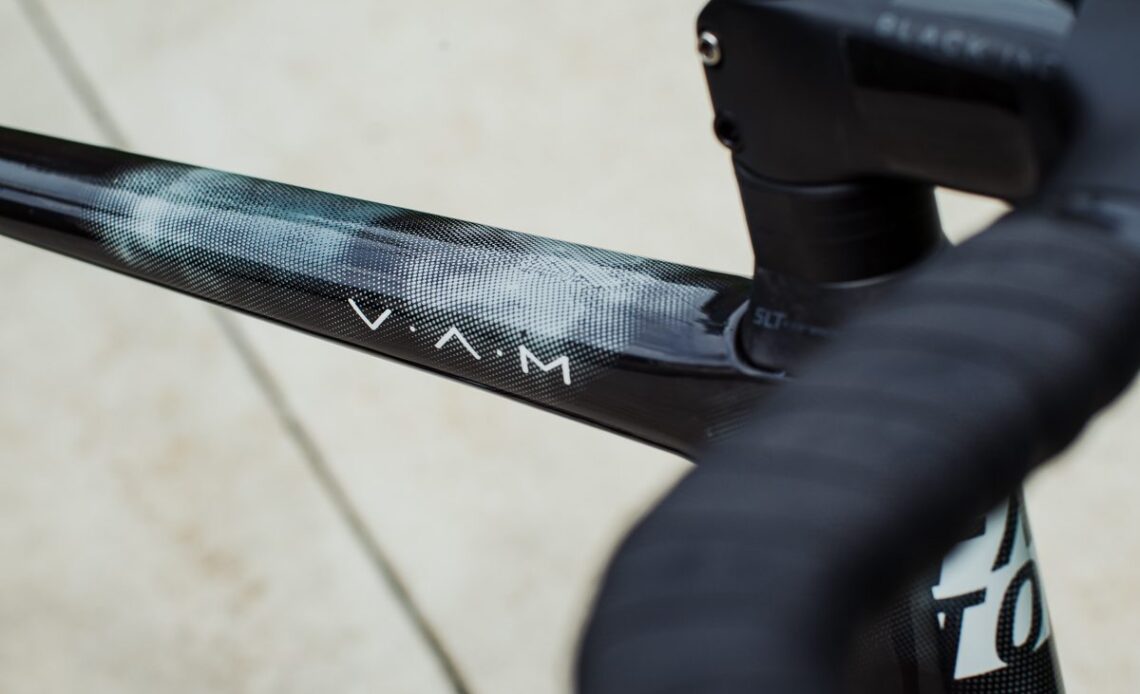Factor Bikes founder and CEO Rob Gitelis had a challenge for his director of engineering. “When I was first speaking to Graham,” Gitelis says, “I gave him a goal: you have 700 g, what’s the most aero frame you can make?” Graham Shrive, who’s based in Orangeville, Ont., knows bike frames. He worked at Cervélo’s Toronto office for more than seven years and had a hand in the design of many of that company’s bikes. Since late 2019, he’s been at Factor Bikes. At Shrive’s disposal, he had all the computing essentials that go into the making of a modern super bike: finite element analysis and computational fluid dynamics. He also worked with Dylan Teuns of Israel-Premier Tech and further analyzed frame models at the RWDI wind tunnel in Guelph, Ont.
His challenge is one that many bike brands have taken up: make a light and aero climbing bike. It’s the aero-ification of the climber’s bike that has been happening for the past few years. In 2020, Giant, Trek and Specialized all made their lightweight frames slipperier in the wind. In 2021, Shrive’s old company aero’d up its R5.
At Factor, the boundaries between a pure climber’s bike and an aero bike aren’t always so distinct. The Ostro VAM is the aero frame, however, it’s not a stretch to build it up to the UCI’s 6.8 kg weight minimum. In fact, according to Gitelis, many riders on IPT would opt for the Ostro in most cases, instead of the wicked light O2. Michael Woods won Stage 9 of the 2023 Tour de France atop the Puy de Dôme on the Ostro. Aerodynamics were winning out.
With a new aero climber’s bike, the frame couldn’t just be aero at the speeds pros hit on flat ground. Don’t you love seeing how some bikes are great at 50 km/h, a speed you, a non-pro, only hit on a downhill? But a pro’s climbing speed might be comparable to your cruising speed. (According to Woods’s Strava post, he averaged 19.9 km/h on the Puy de Dôme.) Shrive had to explore tube shapes that would work at a climber’s velocity. (Turns out, that could be a boon for you, too.)
At the heart of Gitelis’s challenge is the traditional incompatibilities between aerodynamic shapes and lightweight shapes. A truncated airfoil tube needs more material than a round one. So, the more aero the frame got, the more mass it put on as well. Now, as production techniques with carbon fibre have improved, all bike brands have been able to lighten up their aero bikes. Still, while it may be…
Click Here to Read the Full Original Article at Canadian Cycling Magazine…

